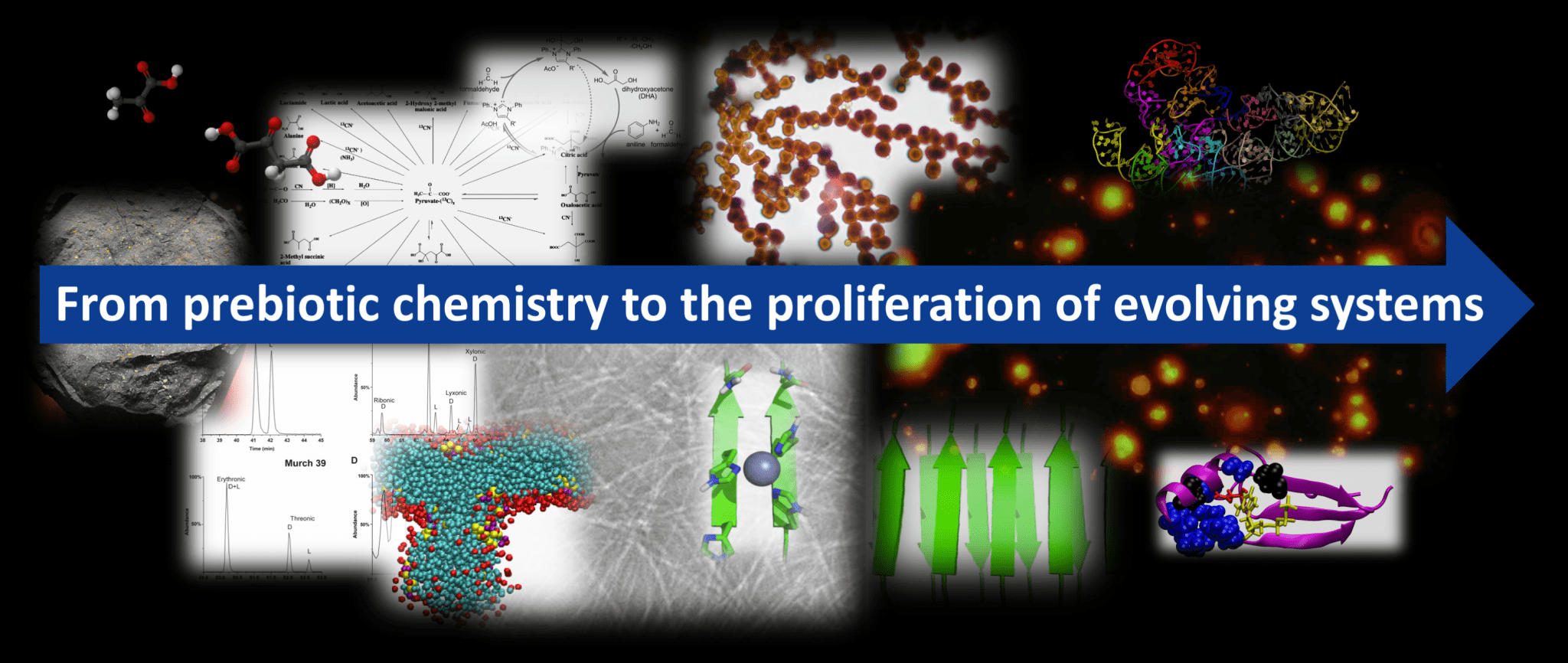Bioinformatics
The tools of bioinformatics allow us to infer features of ancient biochemistry providing a glimpse of some of the earliest events in the evolution of life. Bioinformatics helps us to understand how specific classes of RNAs and proteins evolved and the impact this had on cellular processes. We are using structural bioinformatics to investigate the deep evolutionary history of functional RNAs that preceded the last universal common ancestor of all life on Earth. These ancient RNAs include the ribosome, transfer RNA, the signal recognition particle RNA, and Ribonuclease P. We are also using bioinformatics techniques to identify functional protein domains in modern organisms to understand ancient biology. This work includes studying the origin of prion-like proteins and reconstructing models of primordial enzymes and metabolic pathways.
Recent work by CEL scientists using bioinformatics
- Zajkowski, T., Lee, M.D., Mondal, S.S., Carbajal, A., Dec, R., Brennock, P.D., Piast, R.W., Snyder, J.E., Bense, N.B., Dzwolak, W. and Jarosz, D.F. (2021). The hunt for ancient prions: archaeal prion-like domains form amyloid-based epigenetic elements. Molecular Biology and Evolution, 38(5), pp.2088-2103. pdf
- Fujishima, K., Wang, K. M., Palmer, J. A., Abe, N., Nakahigashi, K., Endy, D., & Rothschild, L. J. (2018). Reconstruction of cysteine biosynthesis using engineered cysteine-free enzymes. Scientific reports, 8(1), 1776. pdf
- Ditzler, M.A., Petrov A. S., Rothschild-Mancinelli, B., Wood F., and Williams, L. D. An ancient nuclease cuts a path through “Life’s Dark Ages”. AbSciCon 2019.
2019_abscicon_rnasep_final.pdf
pdf, presentation
Additional work by members of CEL can be found on our publications page





























